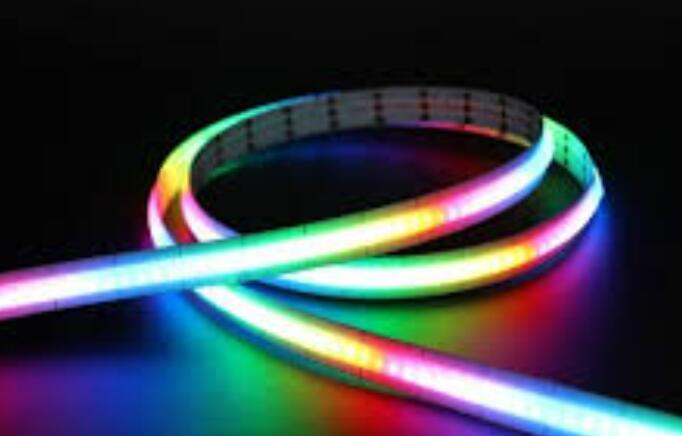To use DMX (Digital Multiplex) to control analog LED pixels, you typically need a DMX controller capable of outputting analog control signals, along with compatible analog LED pixels. Here's a general overview of how you can use DMX to control analog LED pixels:

-
Selecting Hardware:
-
Choose a DMX controller that supports analog output signals. This could be a standalone DMX controller or a software-based DMX controller that works with a computer or a lighting console.
-
Ensure that the DMX controller has the necessary number of channels to control the individual pixels in your LED setup.
-
Wiring:
-
Connect the output of the DMX controller to the input of the analog LED pixels. The specific wiring will depend on the type of DMX controller and LED pixels you're using.
-
Make sure to provide power and ground connections to the LED pixels as well. The power requirements will depend on the number and type of LED pixels in your setup.
-
Addressing:
-
If your LED pixels are individually addressable (e.g., WS2812B), you don't need to worry about addressing each pixel separately. However, if you're using analog LED pixels, you may need to assign DMX addresses to each pixel in your setup.
-
Consult the documentation of your DMX controller and LED pixels for instructions on how to address them.
-
Programming the DMX Controller:
-
Use the programming interface of the DMX controller to set up the desired lighting effects and control parameters.
-
Configure the DMX controller to output the appropriate DMX signal for controlling analog LED pixels. This may involve setting the correct channel assignments, addressing, and signal parameters.
-
Testing and Debugging:
-
Test the setup to ensure that the DMX controller is sending the correct signals to the analog LED pixels.
-
Debug any issues with wiring, addressing, or configuration as needed.
-
Controlling the LED Pixels:
-
Once everything is set up correctly, you can use the DMX controller to control the brightness, color, and other parameters of the analog LED pixels.
-
Experiment with different lighting effects and sequences to achieve the desired visual effects.
Keep in mind that the specific steps and details may vary depending on the DMX controller and LED pixels you're using, so always refer to the documentation provided by the manufacturers for detailed instructions and guidance.


